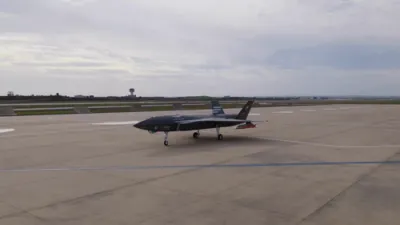צה"ל האט אנדעקט בית חנון אלץ פרישע חאמאס טעראר צענטער
Newly released intelligence from the Israel Defense Forces offers a stark and detailed look inside Beit Hanoun, confirming what Israeli officials have long stated: the city functioned as a major Hamas terror stronghold embedded within civilian life. According to the IDF, Hamas transformed nearly every layer of the city—above and below ground—into an operational hub designed to endanger both Israelis and Palestinians.
The findings reveal a vast network of tunnels dug beneath residential homes, creating concealed pathways for fighters, weapons transfers, and rapid movement between combat zones. Above ground, thousands of buildings were repurposed for military functions, including weapons storage, firing positions, command centers, and staging areas for attacks targeting Israeli civilians.
One of the most disturbing discoveries was within an elementary school, where terrorists operated freely and concealed a tunnel shaft beneath the floor. The school, meant to serve children, instead became part of Hamas’s underground lattice, highlighting once again the group’s systematic exploitation of civilian infrastructure for military gain.
The IDF described Beit Hanoun as “a central Hamas terror stronghold in Gaza,” emphasizing that every layer of the city was woven into the organization’s militant network. Troops conducting operations there faced a densely fortified environment created by a terror group that relies on civilian buildings, public institutions, and family homes as shields.
“IDF troops operated thoroughly and decisively, neutralizing terrorist infrastructure that posed a direct threat to Israeli civilians,” the military reported, noting that the mission required precision, patience, and extensive intelligence to dismantle the complex system Hamas had built.
Beit Hanoun’s exposure underscores a broader reality: Hamas deliberately embeds its military assets among the population, turning civilian neighborhoods into battlegrounds and putting innocent lives at risk. As Israel continues its operations, the intelligence from Beit Hanoun stands as further evidence of the moral and strategic challenges posed by a terror network that hides behind the very people it claims to protect.



































